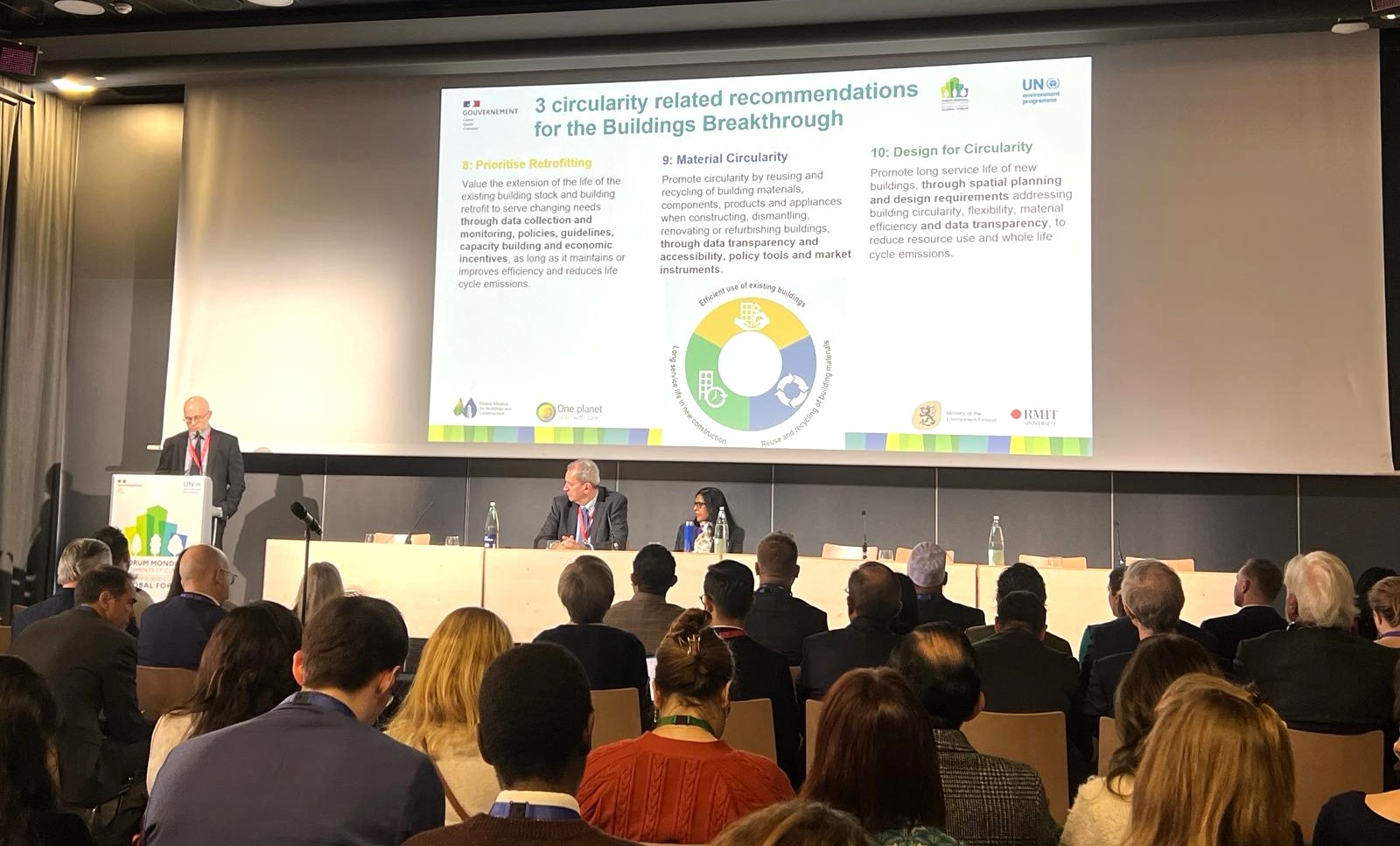How can the Value Chain Approach help reduce biodiversity loss?

This year, the theme for UN Biodiversity Day is “We’re part of the solution”. This statement is a reminder that while current consumption and production practices are largely responsible for biodiversity loss, it is possible to change.
Human activity, magnified by population growth and climate change, has considerably increased the rate of biodiversity loss. Currently, it stands at its highest point in recent geological history. Extinction rates are 100 to 1,000 higher than the natural rate, and human impacts on the environment are expected to grow and become more severe.
Biodiversity is key to the provision of ecosystem services that are crucial to human life and well-being.
Almost half of the world’s population depends directly on biodiversity for a varied diet, health care, livelihoods, economic benefits and survival. For example, more than 2 billion people rely on wood fuel to meet their primary energy needs and an estimated 4 billion people rely primarily on natural medicines for their health care.
However, scientific analyses show that earth systems are close to their biophysical limits. If unsustainable consumption and production practices continue, we may reach a tipping point into irreversible biodiversity loss. Humans are producing more food, energy and materials than ever before, at the expense of nature’s ability to replenish these in the future. Goals around nature conservation and sustainability cannot be met if current consumption and production patterns are kept in place.
The Sustainability Agenda for 2030 and beyond may only be achieved through transformative change across economic, social, political and technological dimensions.
This challenge requires a systems lens that takes into account the complex variety of factors that affect consumption and production habits in different sectors. This lens is provided by the Value Chain-Approach, a methodology developed in the report “Catalysing science-based policy action on sustainable consumption and production: the value-chain approach and its application to food, construction and textiles”, by the joint task group of the International Resource Panel and the One Planet network.
The value chain-approach was applied to three high resource impact sectors: food, construction, and textiles. This report confirms the role that current patterns of unsustainable consumption and production play in biodiversity loss. It also demonstrates how the value chain-approach can help to understand the value chain, identifying key hotspots and points of intervention where specific impacts on biodiversity take place.
In the case of the food sector, the use of land for agricultural purposes is one of the main causes of biodiversity loss. When land is converted from its natural state to be used for growing crops, most of the original plant, animal and insect life is removed. In marine ecosystems, fishing has had the largest relative impact. Excessive extraction of biomass is also carried out to create paper and cardboard for food packaging, which often ends up as waste after consumption, polluting natural environments and directly harming biodiversity.
Current consumption and production practices in the construction sector are also responsible for biodiversity loss. For instance, as the rate of urbanisation increases around the world, land is used for construction, destroying natural habitats and harming the biodiversity in them. Moreover, as natural resources are extracted and processed to manufacture construction materials, some such as timber are depleted and the air, water and soil where those activities take place become heavily polluted.
When applied to textiles, the value chain-approach can similarly identify hotspots. This sector requires an estimated 200 thousand tonnes of pesticides and 8 million tonnes of fertilisers per year. These pesticides and fertilisers cause soil contamination and erosion and often end up in waterways that are critical for the preservation of biodiversity. Additionally, it is during the use and end-of-life stages of the textile value chain that the majority of microfibers are released into the environment.
These are just a few examples that shed light on how critical it is to build cross-sectoral sustainable consumption and production patterns in order to prevent biodiversity loss. The Value Chain-Approach takes a step in this direction. By pinpointing where the drivers behind biodiversity loss lie along the value chain, this approach can then zoom out with a systems lens to identify where interventions can have the most positive impact on biodiversity.
Read the IRP-One Planet network report here


